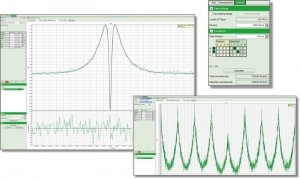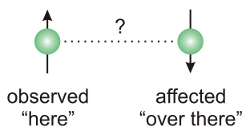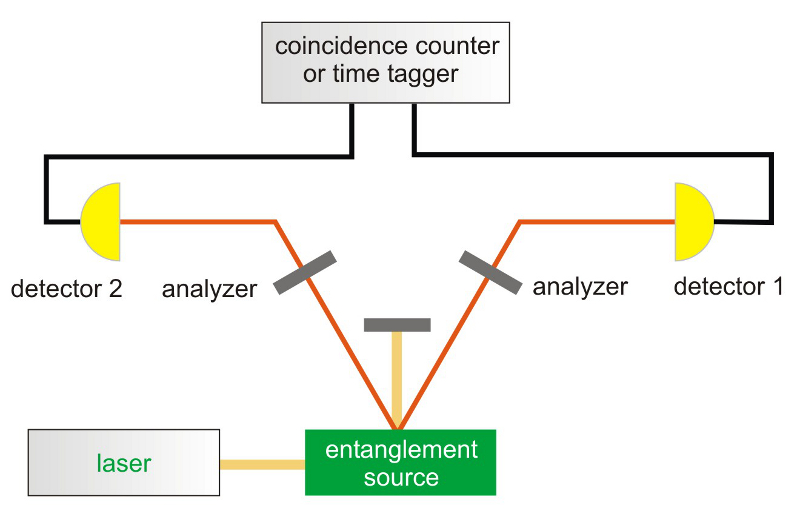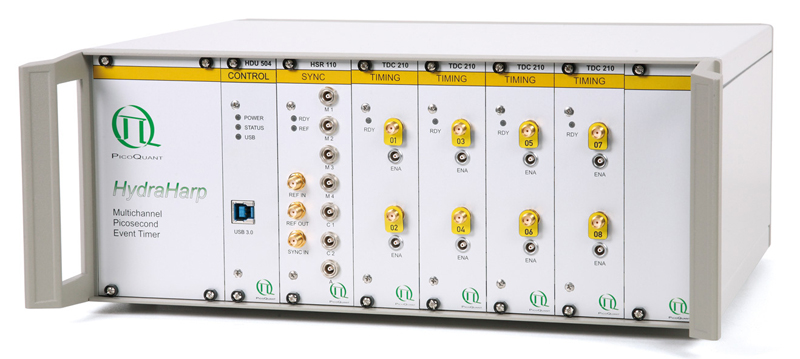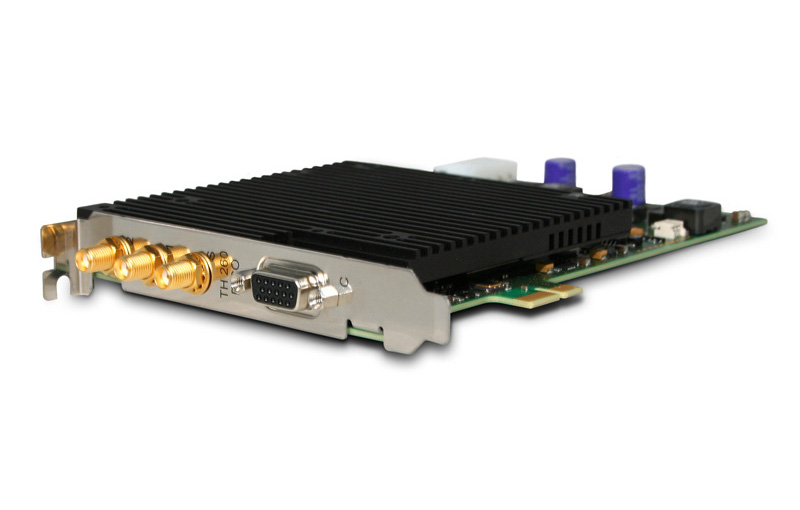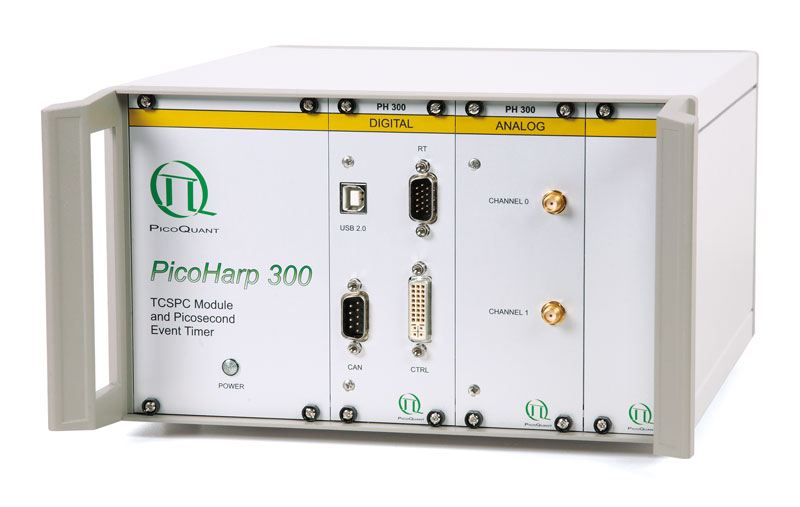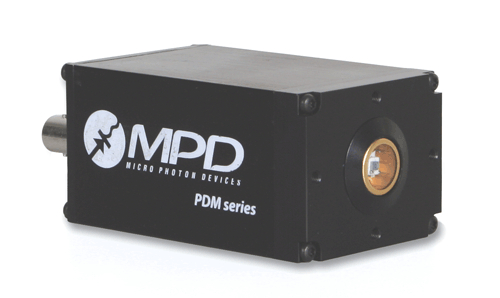Quantum Optics
Quantum Entanglement
A common quantum mechanical state of separated systems
Quantum entanglement is a physical phenomenon that occurs when quantum systems such as photons, electrons, atoms or molecules interact and then become separated, so that they subsequently share a common quantum mechanical state. Even when a pair of such entangled particles are far apart, they remain "connected" in the sense that a measurement on one of them instantly reveals the corresponding aspect of the quantum state of its twin partner. These "aspects" of quantum state can be position, momentum, spin, polarization, etc. While it can only be described as a superposition with indefinite value for the entangled pair, the measurement on one of the partners produces a definite value that instantly also determines the corresponding value of the other. The surprising "remote connection" between the partners and their instantaneous action "faster than light" that would seem to contradict relativity has been the reason for intense research efforts, both theoretically and experimentally. In the corresponding experiments, entanglement is proven by correlation of the measurment outcomes on the separated twins.


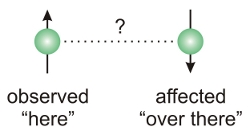
 Contact us
Contact us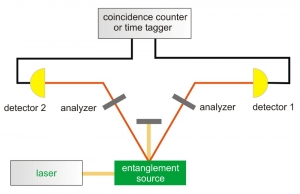
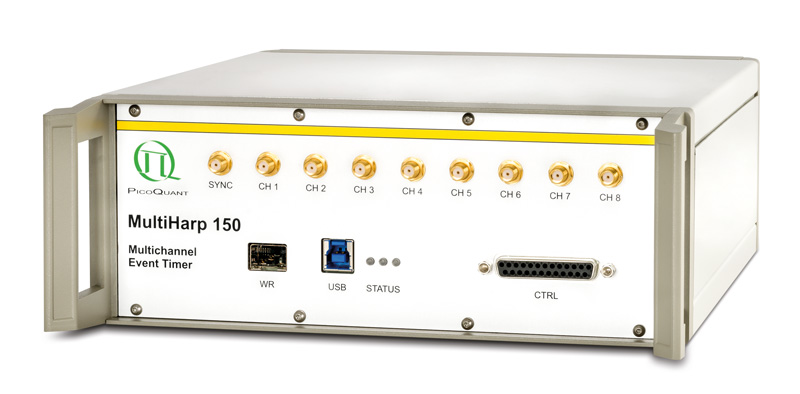 MultiHarp 150
MultiHarp 150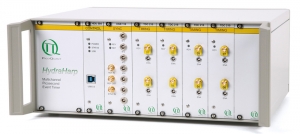 HydraHarp 400
HydraHarp 400 PicoHarp 330
PicoHarp 330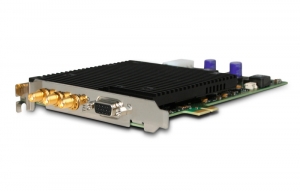 TimeHarp 260
TimeHarp 260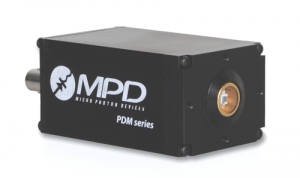 PDM Series
PDM Series